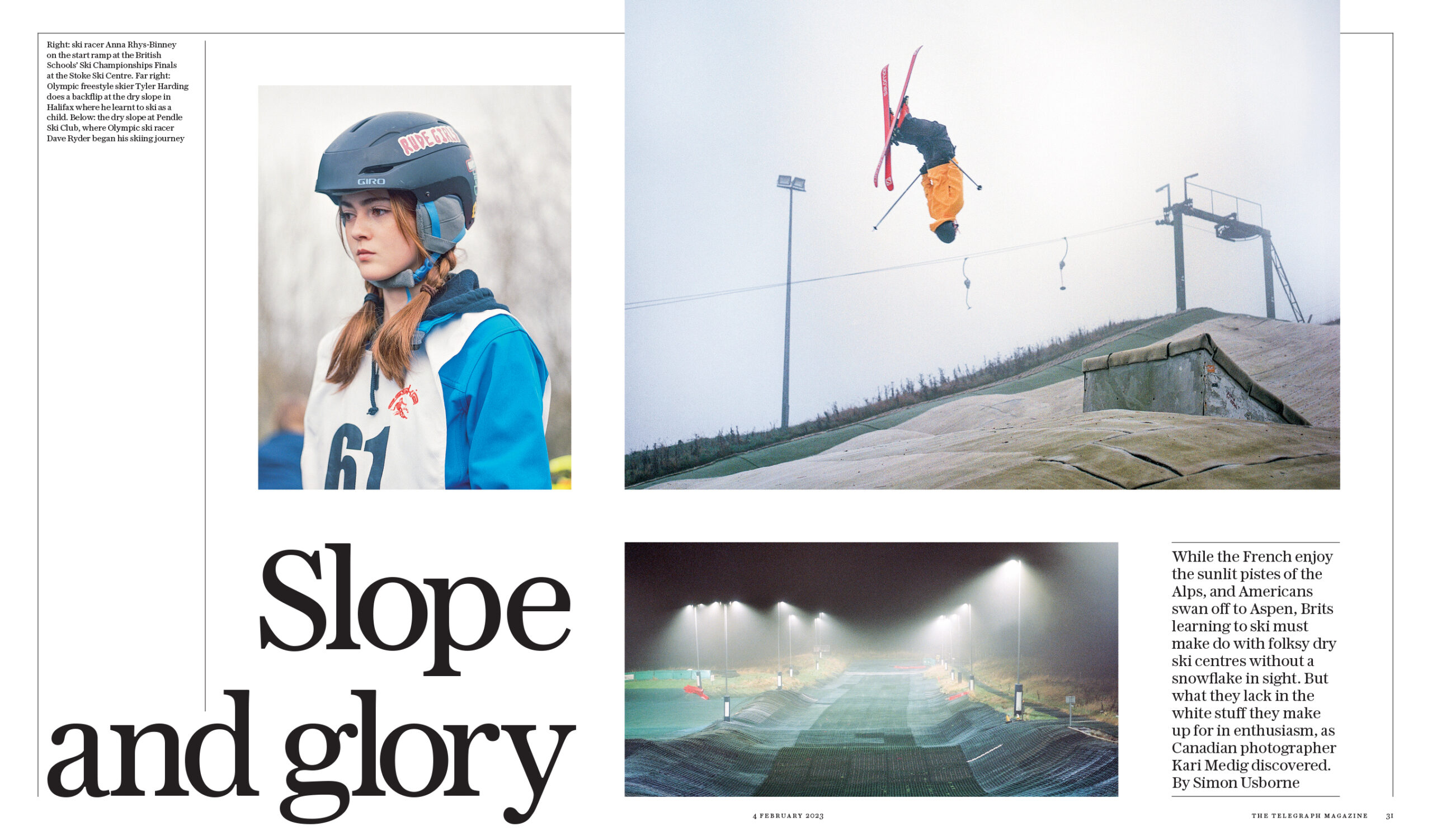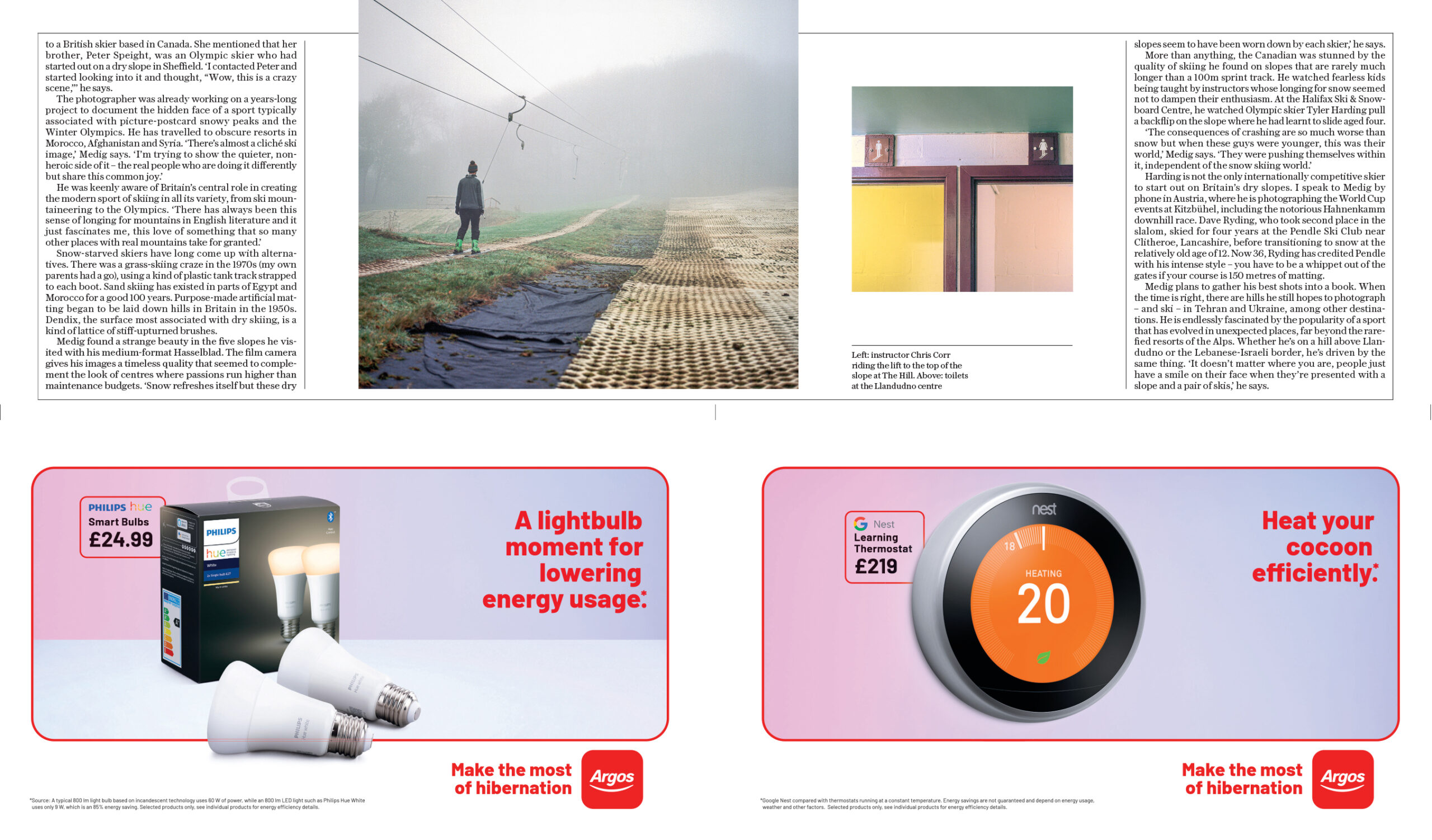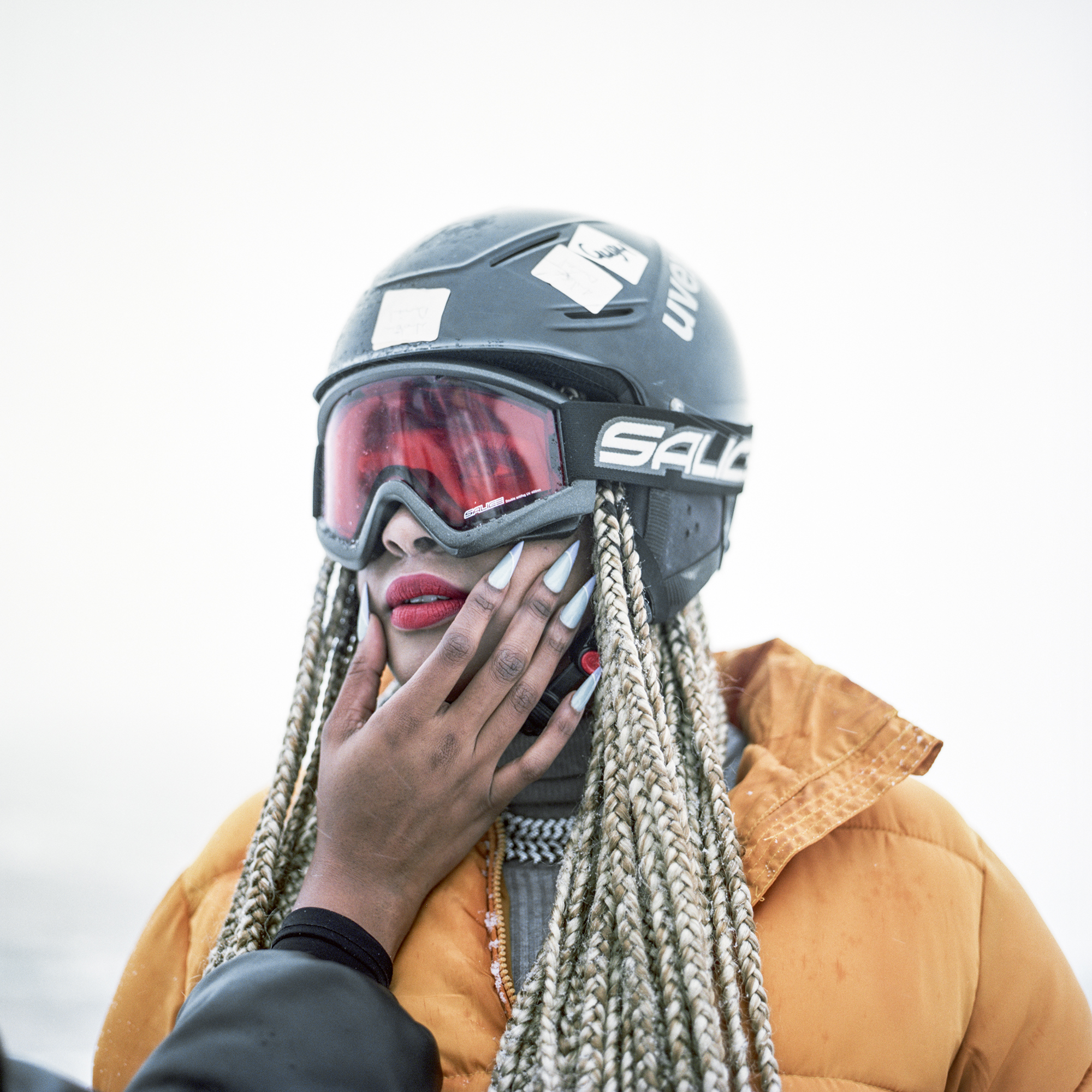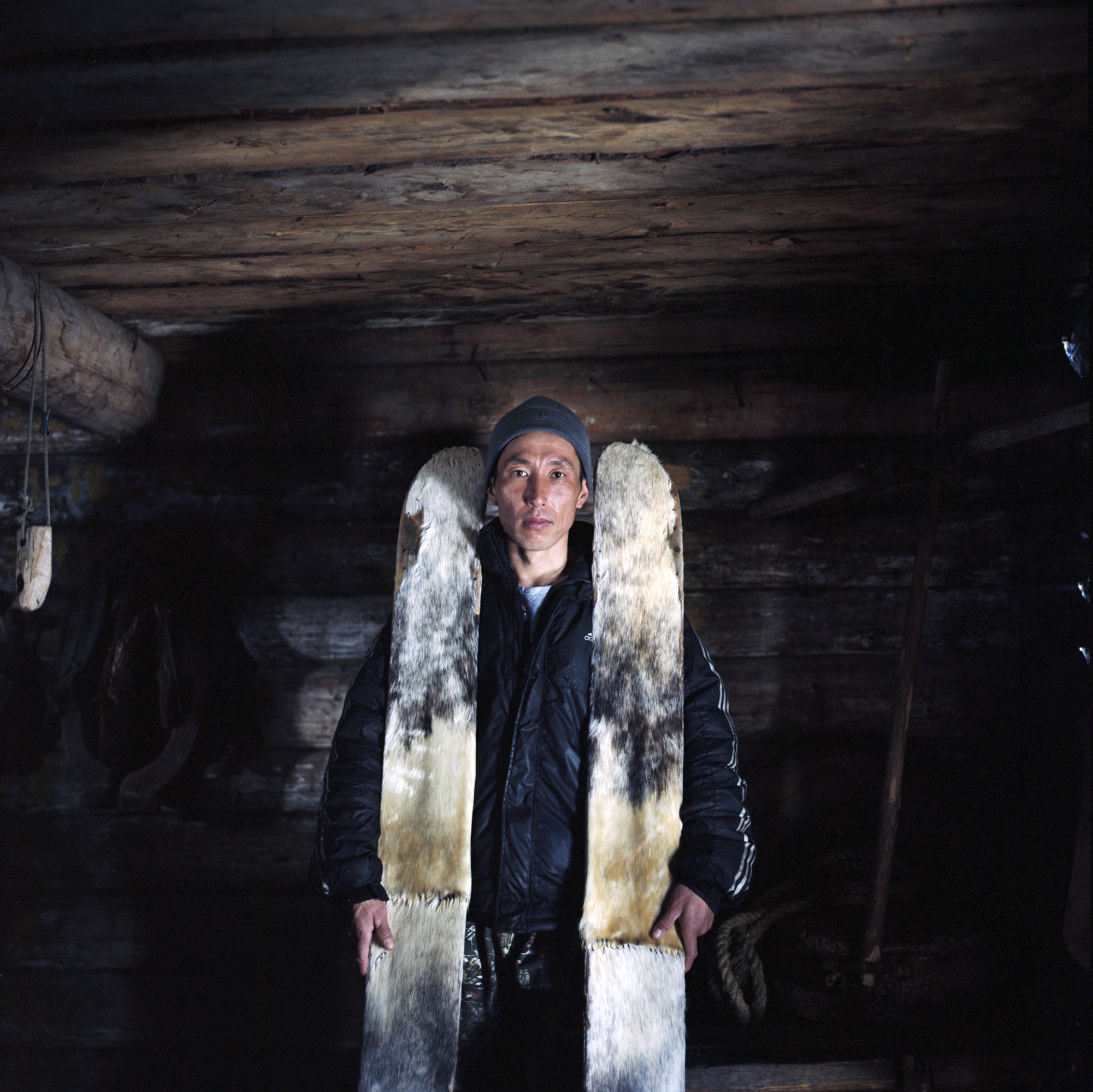The Telegraph Magazine
Photography Director: Andy Greenarce
Photographer: Kari Medig
Kari Medig has a deep appreciation of landscapes and film: moving through them and being still within them. Snow and photography are familiar friends to the British Columbia local. He grew up in the boreal forest of northern BC where his dad converted a bathroom into a darkroom. This slow practice informs his current body of work and love of film. He sees the quiet impact skiing has on people and culture around the world finding joy and quirkiness in the simplicity of sliding down snow or otherwise. I caught up with Telegraph’s Photography Director Andy Greenacre and Kari about his long term personal project, 1000 Words for Snow.
Heidi: Did you know about Kari’s ski work prior to this pitch?
Andy: Kari Medig first came to my attention back in 2014. I don’t remember if he approached the magazine first or us him, but we ran a portfolio of his quirky ski pictures in the magazine in January 2015.
How did this project come about?
We’ve stayed in touch over the years (I’m a keen skier too) and then he pitched this story to me last October. He was going to be in the UK for a short period of time, and would the magazine be interested in a photo essay on dry slope skiing in the UK? The way in for the piece was off the back of British slalom skier Dave Ryding who won at Kitzbuhl in January 2022. Quite an achievement for a skier who started out on brutal dry slopes, in a country with no actual downhill skiing at all (not counting Scotland!)
Despite having snow parks for Brits, what about the work connected for you?
This immediately resonated with me, as someone who endured the ‘delights’ of dry slope skiing in my youth. Bleak, soulless places, guaranteed to leave your body feeling like it’s been dragged over a bed of nails, I knew Kari could produce a memorable set of photographs that would bring a wry smile to our readers’ faces. I pitched his proposal at our weekly features meeting and the magazine editor was thankfully straight on board. I provided Kari with consent forms and away he went to shoot at various different slopes. I couldn’t have been happier with the edit he subsequently sent me, a selection of which ran as per the 3 spreads.
Yes we have indoor snow parks now that mimic snow in a way that dry slopes could never do. But for generations of Brits who first learnt to ski on carpet and bristle, and those still enduring them now, Kari’s photographs are evocative of this strange and wonderful facet of British sporting life.
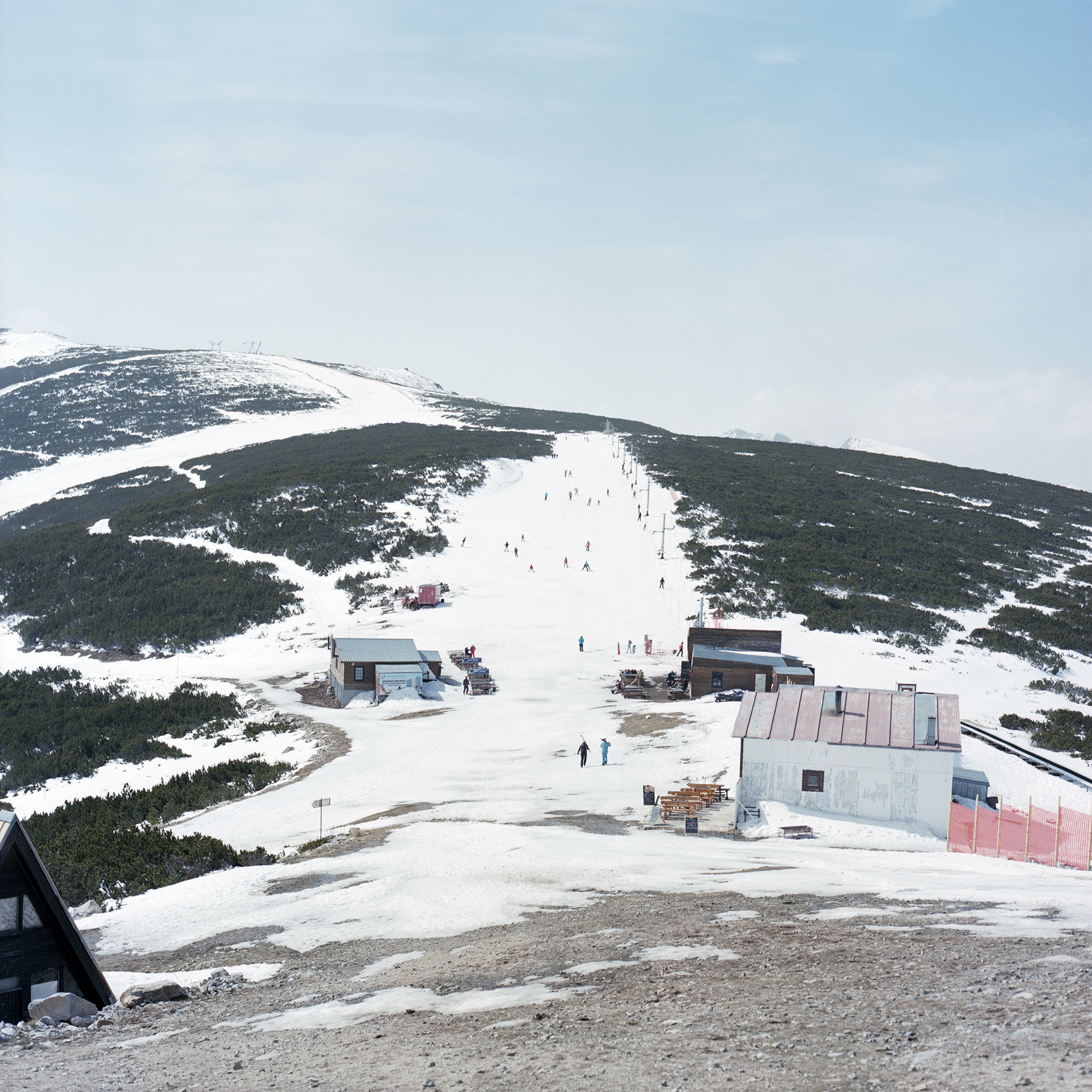
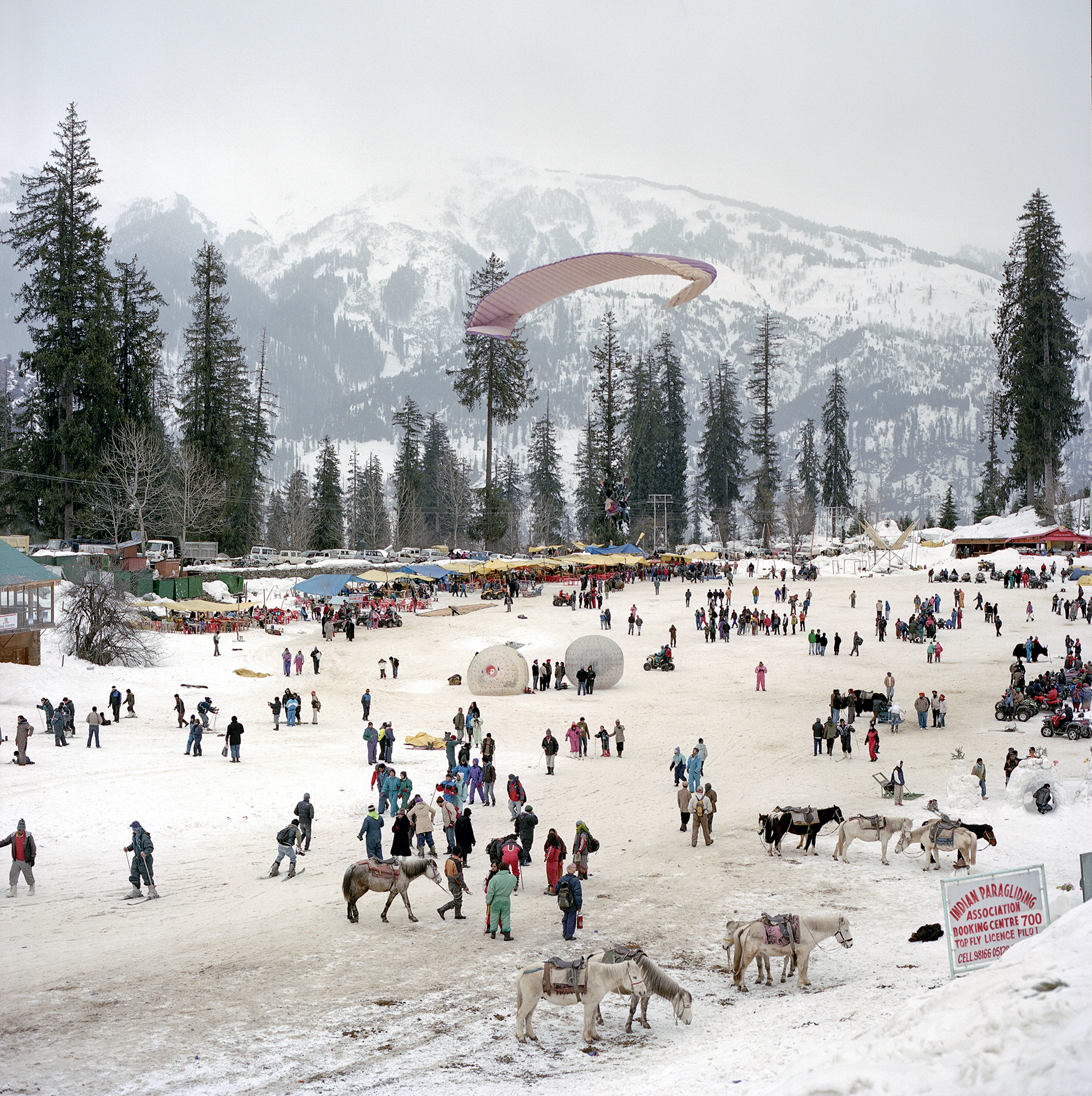

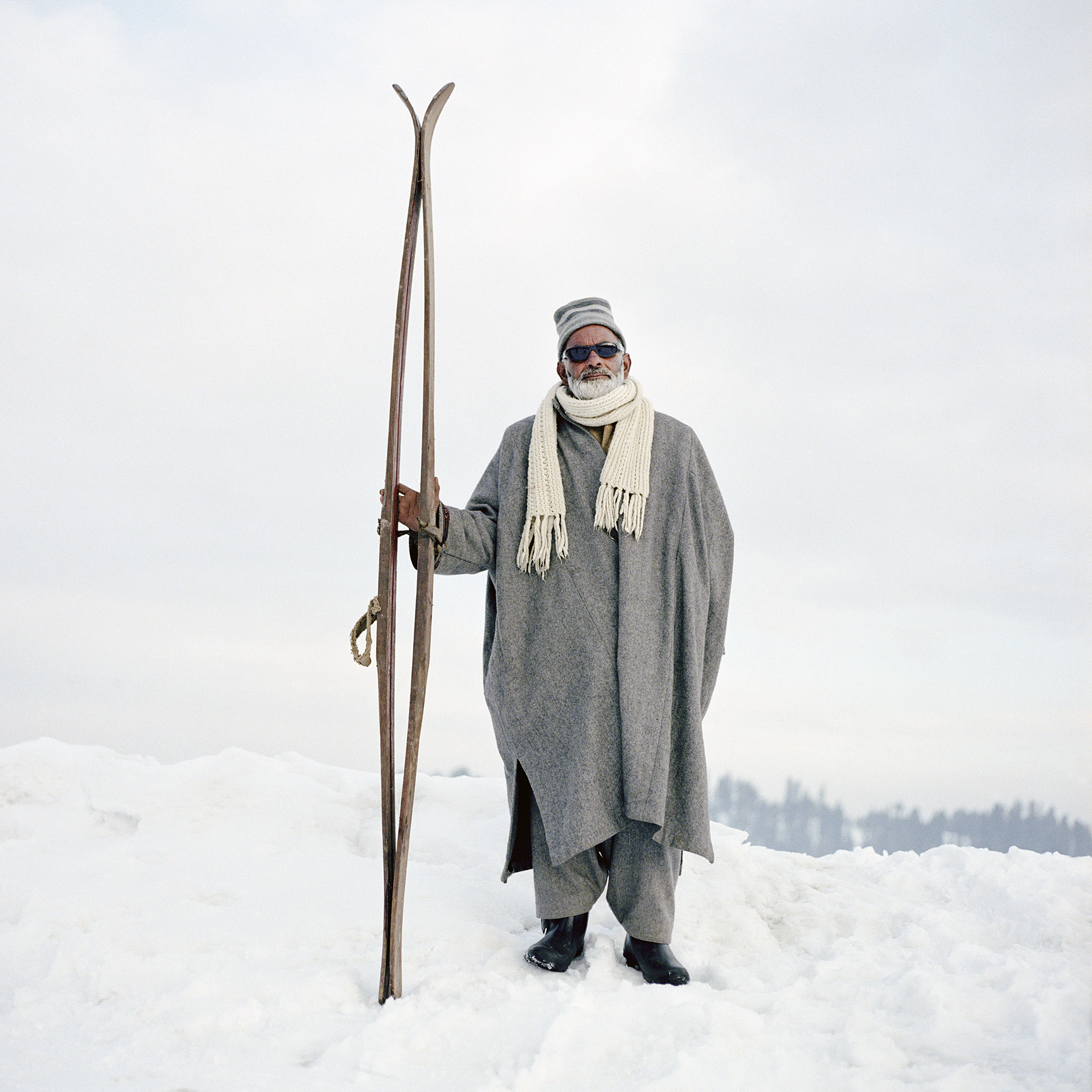

1000 Words for Snow
Heidi: How has he pandemic impacted your project as a creative or how did staying close to home inform your eye?
Kari: The pandemic was definitely rough for this project. Almost immediately, several important trips were cancelled. My usual approach was to work with writers on a ski/travel assignment and then add a few days to make images for the project. Almost all of the images were made that way. But during the pandemic’s early days I had to stay closer to home.
I spent a lot of time in the parking lot at my local ski hill (Whitewater Resort here in Nelson) where people were having picnics and BBQs on their tailgates. This was a fun way to keep progressing on the project. (SKI magazine did a story about this). In the summer of 2021 I managed to make it to southern Africa for Outside Magazine to cover the ski culture of Lesotho. It wasn’t easy with the pandemic still impacting lives, but I was able to do it in a way that kept everyone safe. Since then things have opened up and I am back on the road.
You’ve been doing this project since 2007, 15 years later, did you ever think this would become a commentary on climate change?
Great question. I’ve been working on it indirectly since my first ski assignment in Kashmir in 2007. It was only about seven years ago that I realized it was actually a cohesive body of work – this motivated me to be more purposeful with my shooting, specifically for this project.
Many of the places I’m drawn to have a tenuous relationship with snow. They’re often smaller, low elevation, or lesser known ski locations where I know I’m more likely to encounter something interesting or bizarre. For example, in Lesotho the ski hill is almost entirely made from artificial snow produced during the sub-zero temperatures at night. It’s a very unlikely place for a ski hill, one that is created largely by human intervention. One picture I was after was of the stark strip of snow against an arid rocky landscape. There was something symbolic and cautionary here considering our current climate trajectory.
I know your hope is to make this into a book, will you self publish?
Yes, I ultimately see this project landing in book format. I like the idea of people taking time with the photos, flipping through pages in a backcountry lodge or wherever the book finds a home. I think the images and subject straddle both the art and trade spaces, and I currently have an interested publisher. I’m working through a few final locations and hope it will be available within a few years.
How will you structure the edit? Will you structure the sequence to an Inuit poem, a time frame, location?
Such an important question, and one that I am not clear on just yet. I am currently still in the image-making process and am working with a very rough edit. I have turned all of the images into 4×4 prints and move them around on the blank wall of my office. I’m actually just back from a book sequencing workshop in Venice with photographer Sabiha Çimen. I deeply admire her work, especially her recently published book Hafiz which received much acclaim. It was incredibly helpful to have her go through my images and make an edit, especially since she has no connection to the ski world. Such a reassuring process. It affirmed I was on the right track and will help inform my image-making process going forward.
